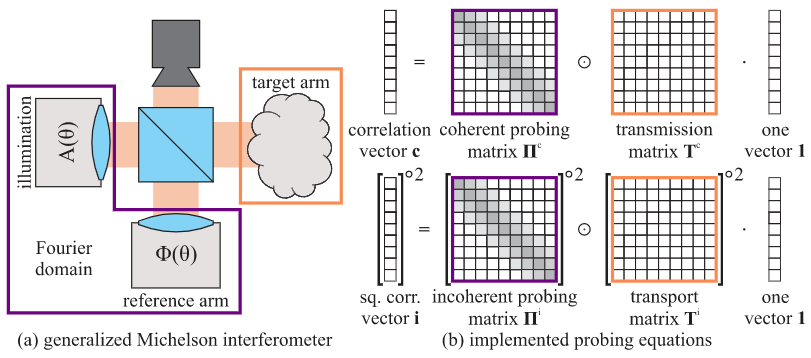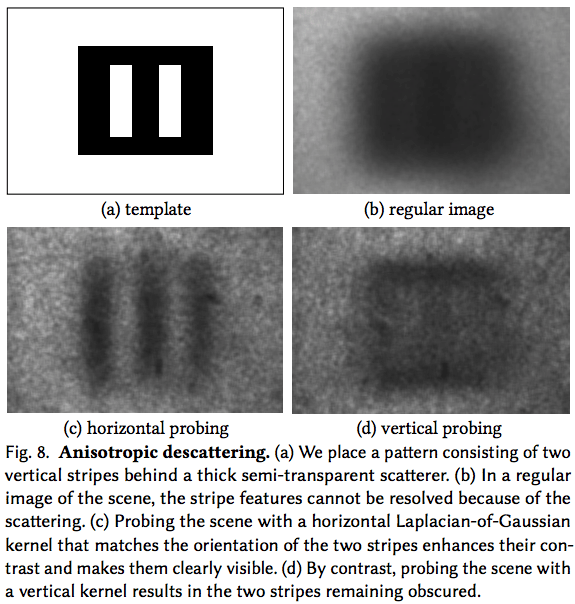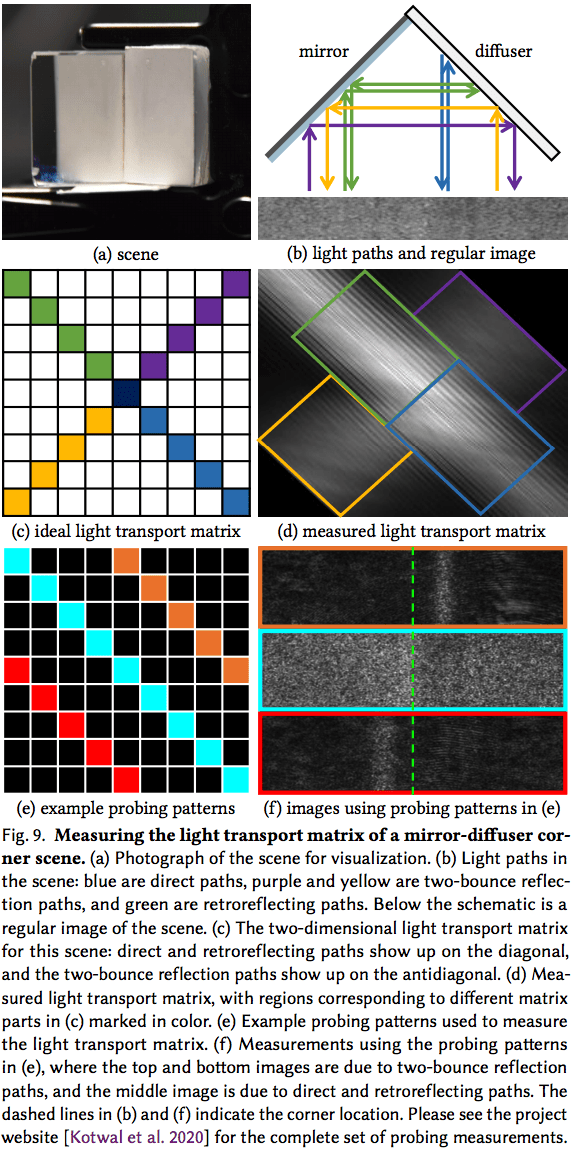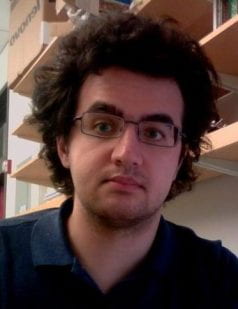Interferometry with Coded Mutual Intensity
Interferometry
Interferometric systems operate by simultaneously measuring two light waves that originated at the same light source, and have traveled along different paths in an optical system. When superimposed on an optical sensor, the two waves will produce some measurable interference. Depending on the wave-optics properties of the original illumination, only light paths that satisfy certain characteristics will contribute to the interference. Therefore, by controlling the coherence properties of the source the waves originate from, and then measuring their interference after propagation, it is possible to isolate contributions from only specific light paths.

Generalization of Probing Functions
More Info
Our paper makes it possible to integrate very general probing functionalities with optical coherence tomography systems, commonly-used for tissue imaging and retinal imaging application. As these devices already use interferometric measurements, it is relatively straightforward to extend them to additionally incorporate
probing using our technique.
Arbitrary Probing Types
More Info
Our technique makes it possible to implement arbitrary convolutional probing types. As we demonstrate in the paper, our technique enables using interferometric systems to implement probing types that are particularly relevant for critical applications such as tissue imaging. These include probing with non-binary anisotropic patterns for descattering, as well as probing off-diagonal light transport components that have been shown to be of great value for tomography
Coherent Probing of Transmission Matrices
More Info
Our paper introduces for the first time the ability to perform coherent probing of transmission matrices, in addition to probing incoherent light transport matrices. The ability to probe these transmission matrices opens up several directions for future investigation: For example, it seems plausible that probing only the parts of the transmission matrix that contribute to the memory effect could improve descattering.
Coded Mutual Intensity
We introduce a new interferometric imaging methodology that we term interferometry with coded mutual intensity, which allows selectively imaging photon paths based on attributes such as their length and endpoints. At the core of our methodology is a new technical result that shows that manipulating the mutual intensity properties of the light source used in an interferometric system is equivalent, through a Fourier transform, to implementing light path probing patterns. These patterns can be applied to either the coherent transmission matrix or the incoherent light transport matrix describing the propagation of light in a scene. We test our theory by building a prototype inspired from the Michelson interferometer, extended to allow for programmable phase and amplitude modulation of the illumination in the interferometer. We use our prototype to perform experiments such as visualizing complex fields, capturing direct and global transport components, acquiring light transport matrices, and performing anisotropic descattering, both in steady-state and in combinations with optical coherence tomography.






People

Alankar Kotwal

Anat Levin

Ioannis Gkioulekas
